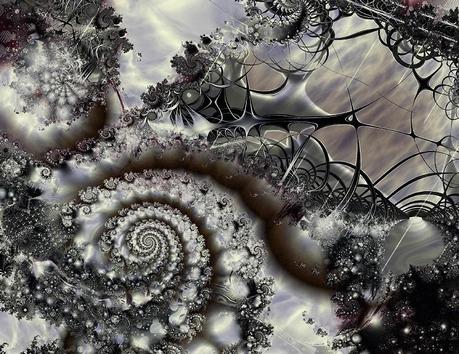
Leonardo Fibonacci is an italian mathematician born in Pisa (Leaning Tower) in the late 12th century. He was credited with spreading the Arabic numeral system in Europe. A more intriguing discovery in my opinion is his Fibonacci series, a sequence of numbers such as the ratio of two consecutive ones is always 1.618. This ratio led to the Golden Rule in Arts, Architecture and even in Nature, whereby patterns and objects which are considered beautiful and harmonious seem to always follow this ratio in their structure. The famous Ancient Greek ubiquitous line pattern of consecutive open rectangles do follow this ratio for example. The way the nautilus shell grows, the pineapple skin or the leaves about a plants stem also do. In our Chapter on Hand Biomechanics, Dr Landsmeer and I demonstrated that the phalanges and bones of the hand follow the magic ratio as well which allows all these small parts to grow harmoniously from an infant to an adult.
In a nutshell, Fibonacci spells harmonious and graceful but also predictable continuous linear growth in three dimensions. It is certainly anchored in nature and in the human body. Most people would love to live their lives that way and some succeed.
Fractals are patterns also found in nature, either on a cellular level or in a mountain chain or galaxy, not as easily defined or predictable as the Golden Rule and Ratio, and with a potentially infinite number of dimensions. The fractals have three main features: 1) self-similarity: when you "zoom into" a digital fractal shape the same pattern repeats itself over and over; 2) there is always a fractal dimension that is greater than its topographical dimension; 3) Fractals are non-differentiable mathematical equations, they cannot be measured in a conventional way. The first feature may be somewhat common to the Fibonacci series but not the last two. Fractals are also being used in financial markets predictions by looking at the charts envelope and its pattern self-similarity.
Fractals have more ups and down, a wilder non-linear pattern, often multidimensional and less predictable, They are also ubiquitous in nature. Whereby the Golden Ratio inspires beauty and harmony, fractals can inspire awe, fear or any emotional extremes. They are physical trending to the metaphysical, more intimately in touch with the depths of human nature.
Fibonacci and Fractals are both real and ubiquitous. They are like the Yin and the Yang if the latter can ever be mathematized. The Fibonacci series give us the comfort of the harmonious, known and predictable, the fractals give us a wild ride into ourselves and the universe, maybe even into our soul.
Too much Yin or Fib would probably be boring. Too much Yang or Frac would probably lead to violence and war. Nature has it all on display for us to enjoy and take in. Hence my Golden Rule
Live your Life with a Yin for Fractals!
image: http://www.fractal-recursions.com/fractals/fractal-12060301.jpg

